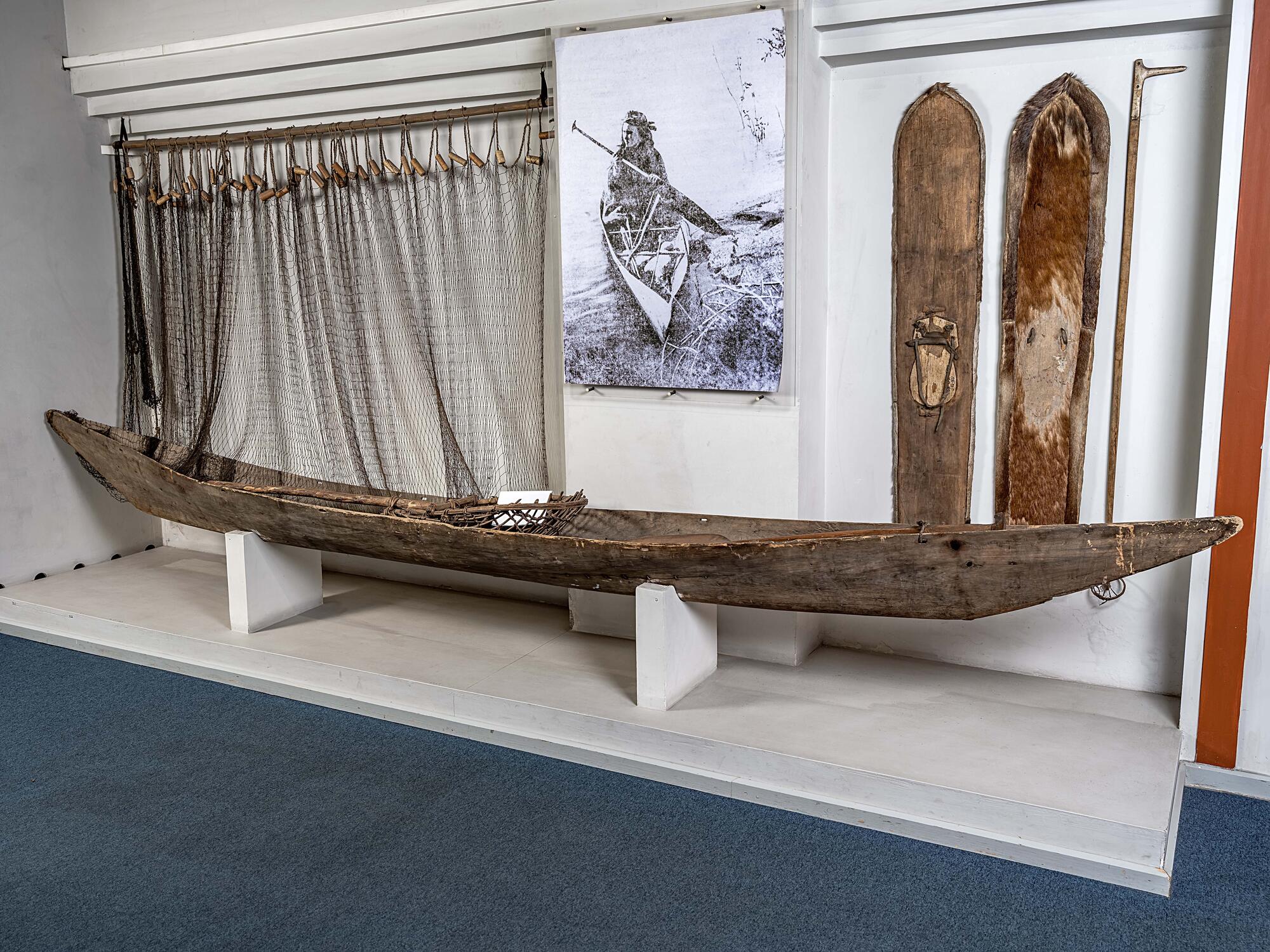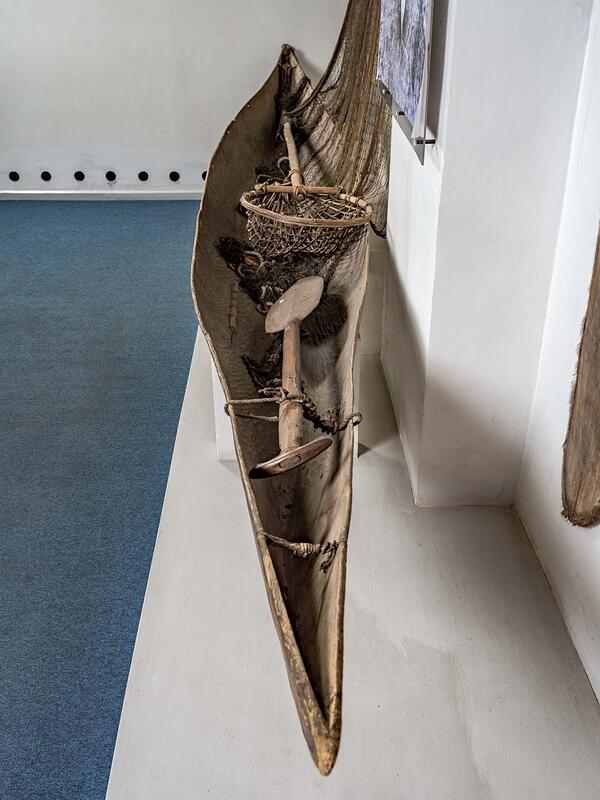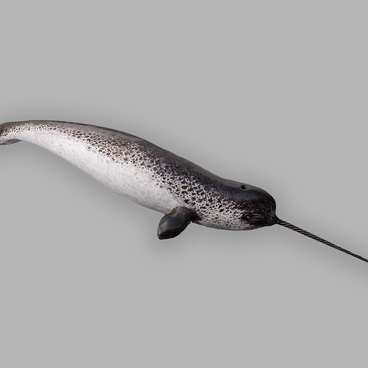The Selkups are a small-numbered indigenous people of Western Siberia. In Krasnoyarsk Krai they call themselves “taiga people”. Their main occupations were hunting and fishing, and in summer time, all life of the Selkups took place near and in the water. Dugout canoes, or dolblenki, are among the main items of the Selkups’ household.
Dolblenki are fast, light and comfortable boats. If the river was too winding, the Selkups shortened the way by carrying the canoes overland. Only experienced craftsmen made dolblenki. An aspen log of 4 or 5 meters long was peeled of its bark and the outer part of the boat was formed.
It was important to maintain a uniform thickness of the sides along the entire length of the boat. For this purpose, dowels — wooden nails without caps, about two centimeters long — were made and pounded in rows into the sides of the boat. The inner end of the dowel was painted with black grease ink to make it easier for the craftsman to spot. Guided by the edge of the dowels, the craftsmen removed unnecessary wood in the interior of the boat with an adz and scraping knife to form the interior of the boat. They did not remove the dowels, otherwise the boat would have become perforated.
After that, the boat was steamed to stretch the sides. The craftsman made a fire and, when the wood burned out, placed sutunki — logs about 1.5 meters high with hollows — on both sides of the boat. He fixed the boat to them, heated water on another fire and poured it into the vessel like into a cauldron. To keep the water warm, the craftsman periodically placed stones heated in the fire into it.
When the sides softened, wooden ribs were placed inside the boat. The shape of boats depended on the number and length of the ribs. This work took a whole day: after steaming, the boat was left to cool down and the spacer bars were replaced with permanent crossbars.
These boats were steered with a single-bladed oar. They could be used not only for fishing, but also for hunting waterfowl and ungulates. At night, moose would come to the ponds to feed on duckweed and enter the water. At this time hunters could lie low and hunt from the water. Two men were needed for hunting: one man steered the boat and the other sat at the front of the boat with a spear, bow or rifle.
It was not only the Selkups who used dugout canoes.
They were also popular with other indigenous peoples of the Krasnoyarsk Krai —
the Kets and Evenks — who lived on the left bank of the Yenisey. Dolgans,
Nenets, Enets and Nganasans bought boats from Russians and Yakuts, while Evenks
living on the right bank of the Yenisey River used birch-bark boats, which had
a completely different construction technology.



